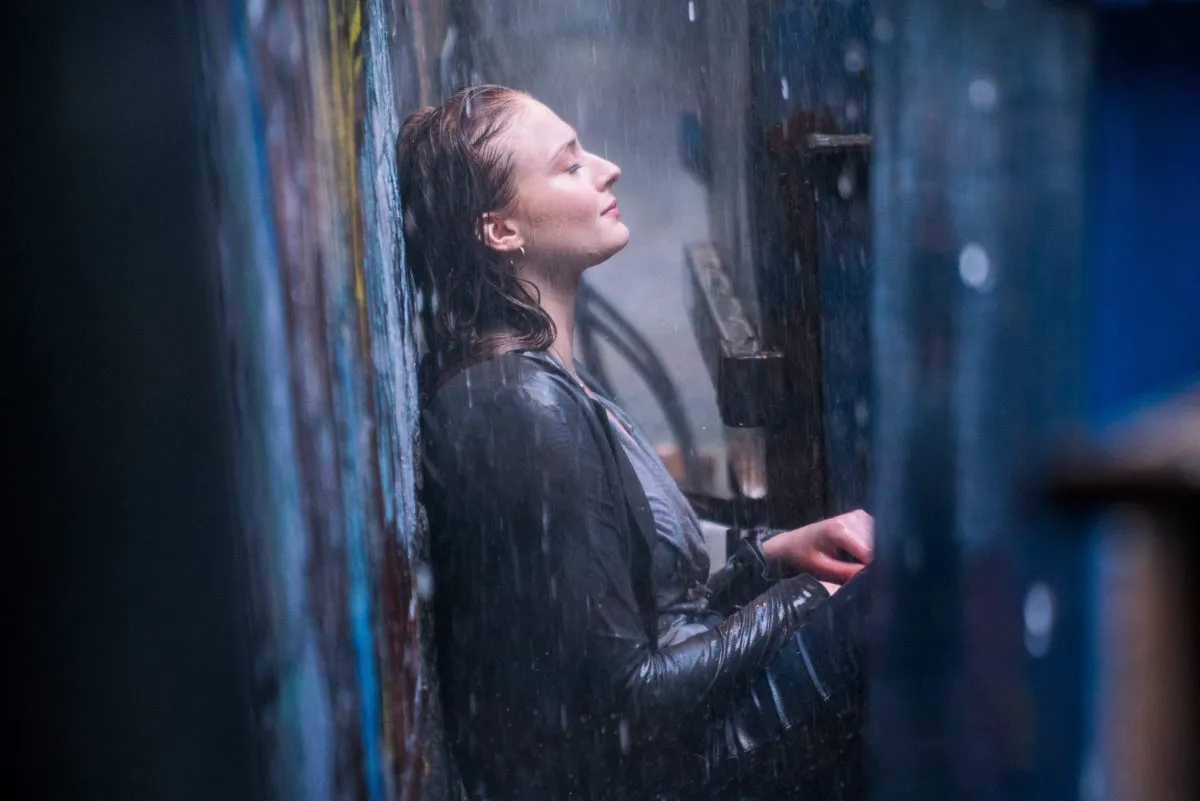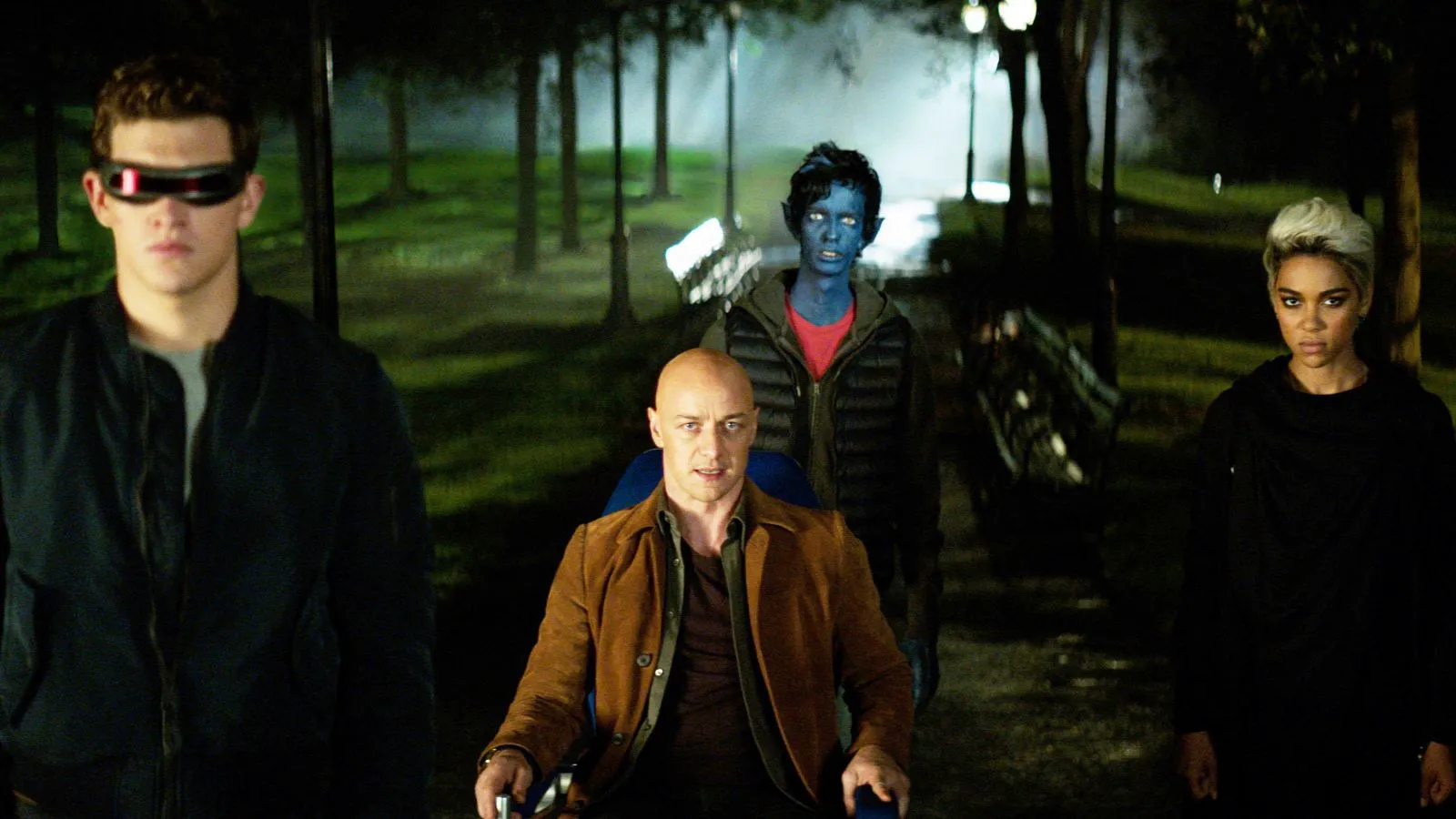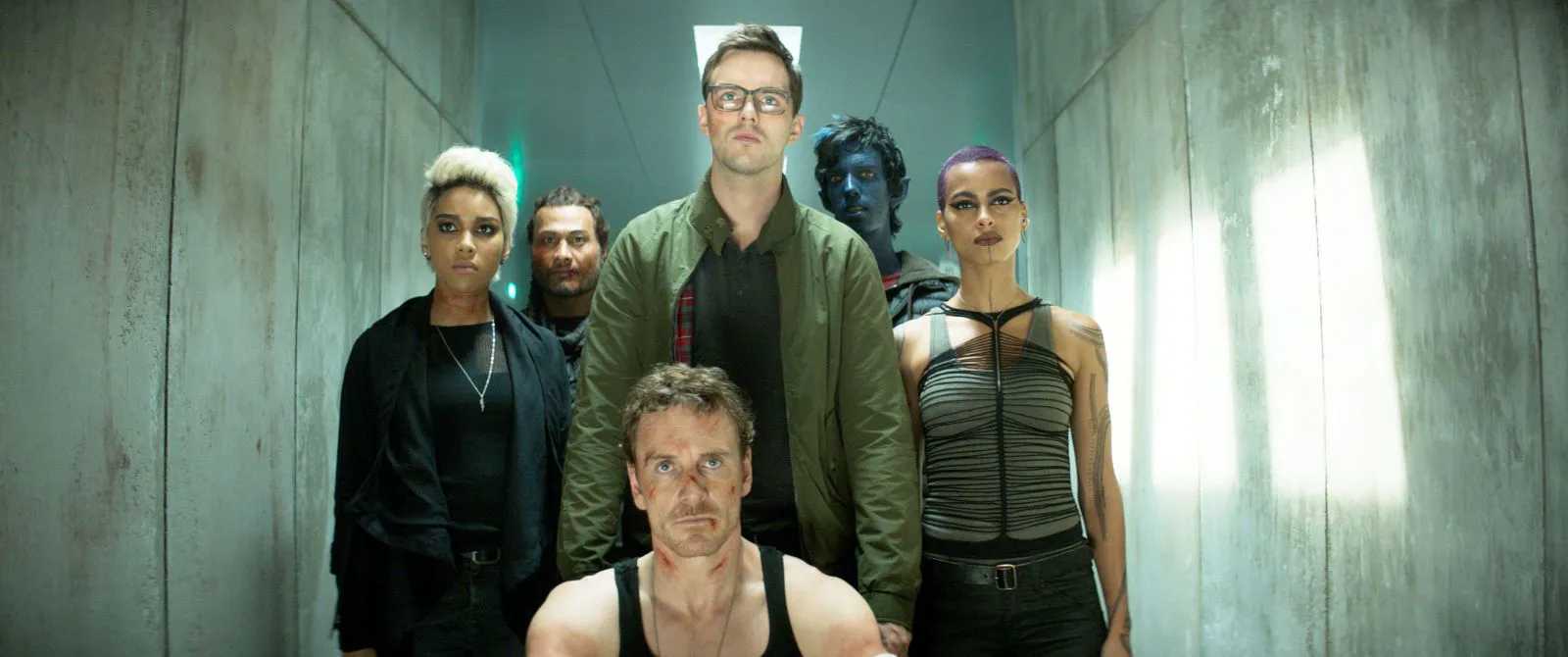“Your father lied, little bird. Killing is the most wonderful thing there is.”
Following the events of “Apocalypse,” Charles Xavier’s school for gifted youngsters is thriving. Professor X (James McAvoy) is busy attending celebratory galas and shaking hands with the president, while his students are diligently saving the planet’s inhabitants. However, one day, the young mutants embark on a mission in outer space that spirals out of control. As a result, Jean Grey (Sophie Turner) nearly perishes and becomes the vessel for a dangerous cosmic entity that amplifies her abilities. Unable to control them, she endangers the lives of her loved ones and sows discord within the team.

A strikingly similar narrative unfolded in the X-Men cinematic universe back in 2006, only to be erased from history by “Days of Future Past.” In “The Last Stand,” which was co-written by “Dark Phoenix” director Simon Kinberg, Jean Grey similarly went off the rails and transformed into a first-class killing machine. This time, however, there’s external interference – Jessica Chastain’s character, an alien named Smith, adds fuel to the fire of her rebirth. Yet, even this doesn’t prevent the feeling of déjà vu. Good mutants turn bad, bad mutants turn good, and ultimately, they all converge in a final showdown that, while ending with good triumphing over evil, leaves a slight sense of emptiness.

“Dark Phoenix” feels like a rather rushed, clumsy, and overly dramatic farewell, one that leaves you wanting to breathe a sigh of relief rather than shed a tear. After the Disney/Fox deal, it’s unlikely we’ll see the bromance between McAvoy and Fassbender, the hairy Nicholas Hoult, or the deftly situation-saving Evan Peters on screen again. And speaking of the latter, Quicksilver’s famous running scene was sacrificed to excessive melancholy and a far darker atmosphere than in previous films. Thus, the film lost two of its most worthwhile minutes, which could have at least invigorated the viewer after long and not-so-engaging dialogues.

Relationship Drama vs. Action
This time, relationship squabbles significantly outweigh the action. This makes the degree of epicness of the battle scenes slightly higher by contrast. There are two memorable fights in the film this time: the initial one in space and the final one on the train. You can safely close your eyes to everything in between – “Dark Phoenix” loses nothing in the plot from this.

Missed Opportunities
The only ones who suffer losses are the mutants whose screen time was cut in favor of Sophie Turner’s character. No sooner had the suffering Sansa Stark been reborn from the ashes to become a multifaceted Phoenix than she remained grieving with a serious face and detached look. Even Jessica Chastain doesn’t save the situation, as she doesn’t stand out as an antagonist. Her character doesn’t play a significant role in the development of the plot – Miss Grey would have found a reason to turn to the dark side without outside guidance. As a result, the first film in the X-Men universe with an emphasis on female characters loses out significantly.
The attempt to create a complex psychological picture, inspired by the success of “Logan,” turned into a failure. Mutants have always been outsiders both within their own universe and the world of comic book films. Simon Kinberg has created another outsider – “Dark Phoenix,” which, apart from the first Wolverine solo films, has become the weakest of all the X-Men films.